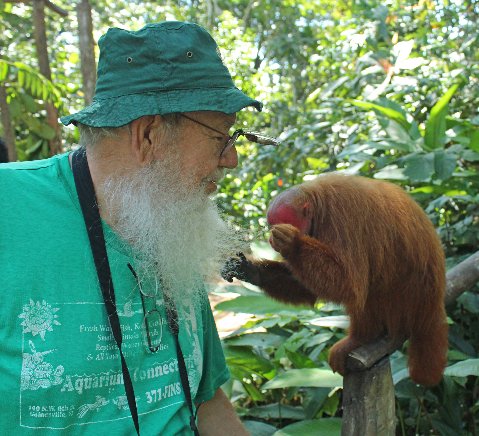In 2014, what once was one became three.

The venerable alligator snapping turtle,
Macrochelys temminckii once ranged in 3 apparently non-contiguous basically riverine populations westward from the northern peninsula of Florida and southern Georgia, to southeastern Kansas and eastern Texas.
The range extended northward in the Mississippi Valley to central Iowa and Illinois. The southeasternmost population (now the Suwannee alligator snapper,
Macrochelys suwanniensis, ranges throughout the Suwannee River drainage of Florida.
The central population (now the Apalachicola alligator snapper,
Macrochelys apalachicolae) occurs in the drainage of the Apalachicola/Chattahoochee Rivers of Florida, Georgia and eastern Alabama.
The western population (still referred to as simply the Alligator snapper,
Macrochelys temminckii, ranges westward and northward from Florida's western panhandle throughout the remainder of the large range.
The separation and erection of these turtles was based on genetic and morphological differences.
For more information read: "Taxonomic assessment of Alligator Snapping Turtles (Chelydridae: Macrochelys)," with the description of two new species from the southeastern United States in
Zootaxa 3786 (2): 141–165.
This typically feisty juvenile is from the Apalachicola River drainage.

An alligator snapper from Missouri meets the world.

 Author, photographer, and columnist Richard Bartlett is one of the most prolific writers on herpetological subjects in the 20th century. With hundreds of books and articles to their credit, Richard and his wife Pat have spent over four decades documenting reptiles both in the field and in captivity. For a list of their current titles, please visit their page in our bookstore. Author, photographer, and columnist Richard Bartlett is one of the most prolific writers on herpetological subjects in the 20th century. With hundreds of books and articles to their credit, Richard and his wife Pat have spent over four decades documenting reptiles both in the field and in captivity. For a list of their current titles, please visit their page in our bookstore. |




To prevent automated Bots from commentspamming, please enter the string you see in the image below in the appropriate input box. Your comment will only be submitted if the strings match. Please ensure that your browser supports and accepts cookies, or your comment cannot be verified correctly.